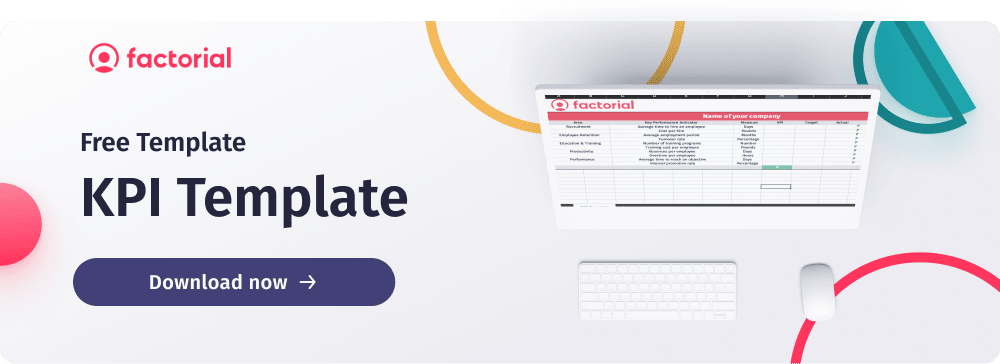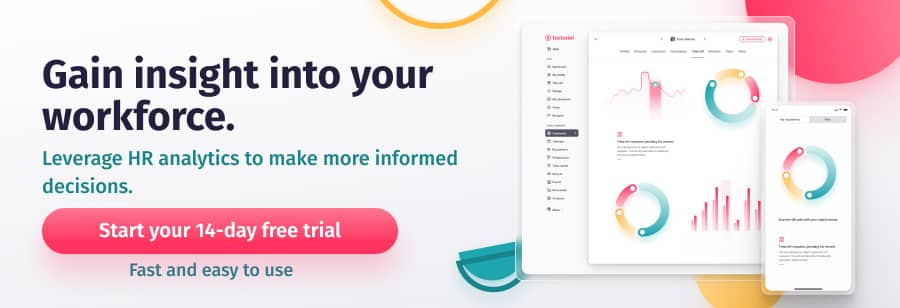Key Performance Indicators (KPIs) are already standard practice in marketing and sales. But over the past couple of years, more Human Resources departments have started to incorporate KPIs in their day-to-day activities. This is not without reason.
KPIs are a reliable way to measure performances and define objectives. In this blog post, we will give you everything that you need to know about this effective tool. If you’d prefer to start working on your objectives now, head right over to the template.👇
What is a KPI?
KPI is the abbreviation of Key Performance Indicator. This is a metric that is used to measure the performance of an activity or process. It serves as a reference that shows the progress that is made in achieving an objective. Based on the KPI, the organisation can decide if they need to redefine or change the strategy to be able to reach their goal.
Characteristics of KPIs
There is a variety of KPIs that companies can use, below are some of the most common key performance indicators:
- Quantitative indicators: Can be presented in numbers.
- Qualitative indicators: Cannot be presented in numbers.
- Process indicators: Represents the productivity and efficiency of the process.
- Directional indicators: Presents the improvement of a company.
To ensure that the Key Performance Indicators are effective and understandable for all employees, they must be defined with the use of SMART criteria:
- Specific: The KPI should be tangible and have a specific goal.
- Measurable: If you cannot measure the KPI, it is not a good indicator.
- Attainable: The KPI must be realistic, in order for it to be successful.
- Relevant: Only monitor the activities that are important in achieving the set objectives.
- Time frame: Set a time period in which you want to achieve the objective.
https://www.youtube.com/watch?v=KgXQPQSFKNQ
How to Use KPIs?
Once you have defined the KPIs for your organisation, you can start organising them. Create your own Excel spreadsheet or use our template to start measuring your KPIs. We have created key performance indicators for the following areas: recruitment, employee retention, education and training, productivity and performance. The KPIs that we have provided are quantitative indicators, this means that they have to be measured in numbers.
The KPI has to be measured based on its significance. You can divide the key performance indicators by 100 or create your own scale of priority. The target describes the expected numbers for the objective, which are based on previous data. You can write the actual results in the next column. The score is based on the percentage of the performance that is achieved. The final KPI shows the actual score. Based on this information you can make changes in your strategy in order to meet your objective.
Reports and Analytics
Do you need more than just a spreadsheet? Try our reports and analytics feature. Create personalised reports by selecting the data that you need and choosing the way you want to display the information. Not only does the dashboard organise your data in real-time, but it also shows all the graphs, figures and charts that you need in just a quick glance.

